Causes of mortality: Accurate information on causes of death have been obtained from radio-collared bears.The most common cause of mortality for this species is legal sport hunting (except where it is not hunted). Other human-caused mortality includes killing of bears that cause property damage or are perceived as a threat to people, and being hit by vehicles. Natural mortality includes some intraspecific killing (bears killing bears). This was witnessed to a relatively high extent in an arid environment during a drought when bears concentrated around small patches of food and water. Disease is rare, and starvation-related mortality is also rare, but may occur in cubs, yearlings, and sometimes 2-year-olds especially during or following natural food failures.
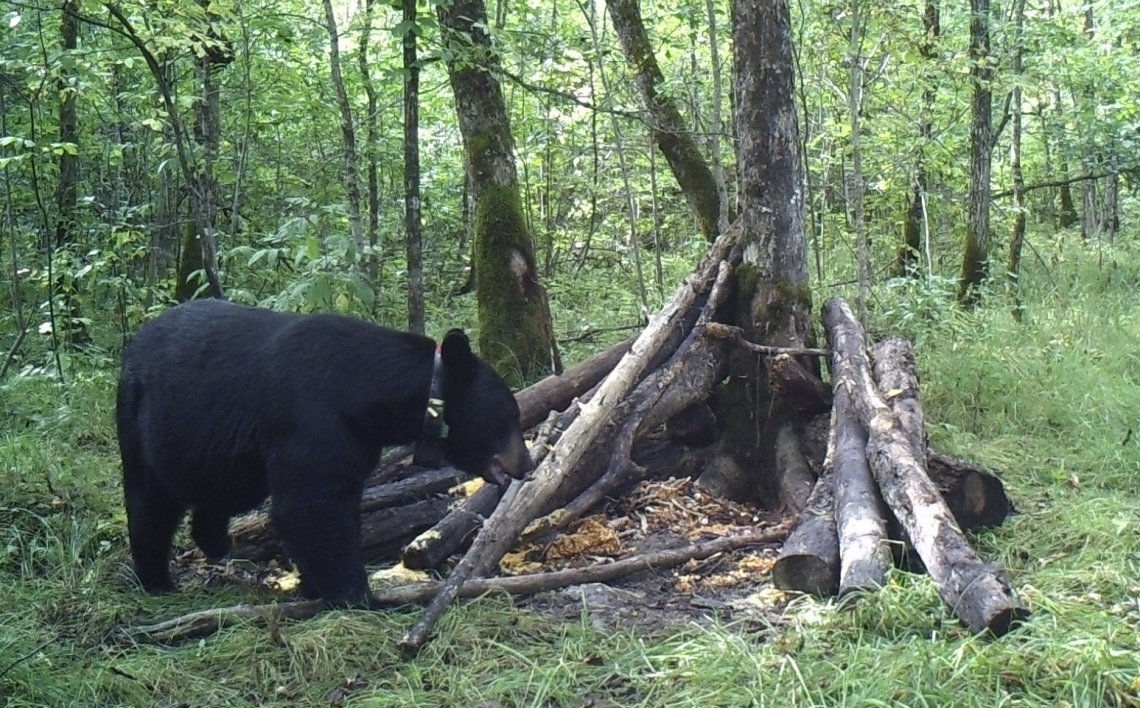
American black bear_U americanus_Minnesota_radio-collared adult male bear approaching hunter's bait_N Troumbly
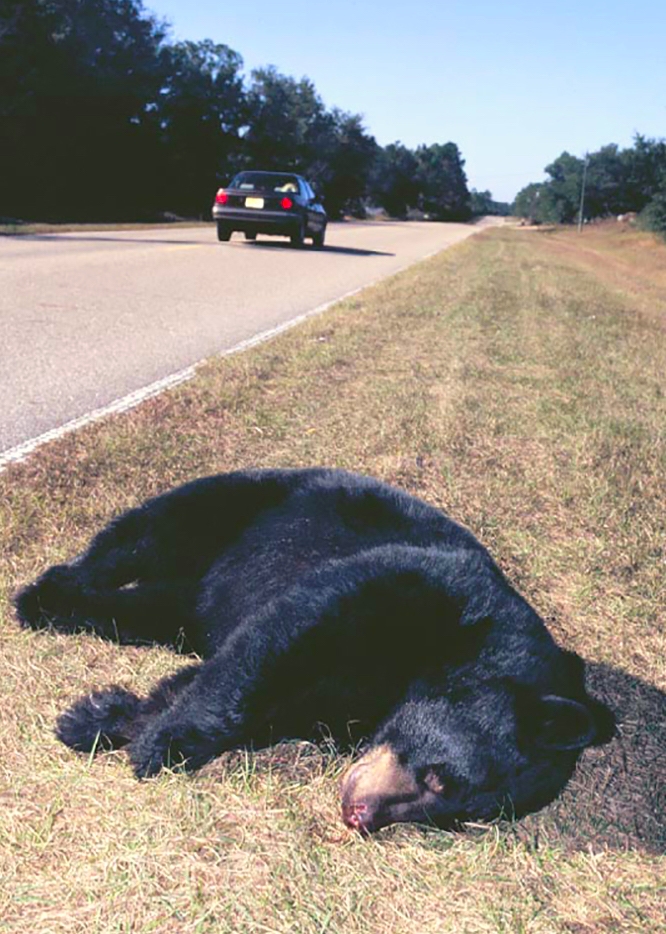
American black bear_U americanus_Florida_bear killed in collision with car_Florida Fish and Wildlife Conservation Commission
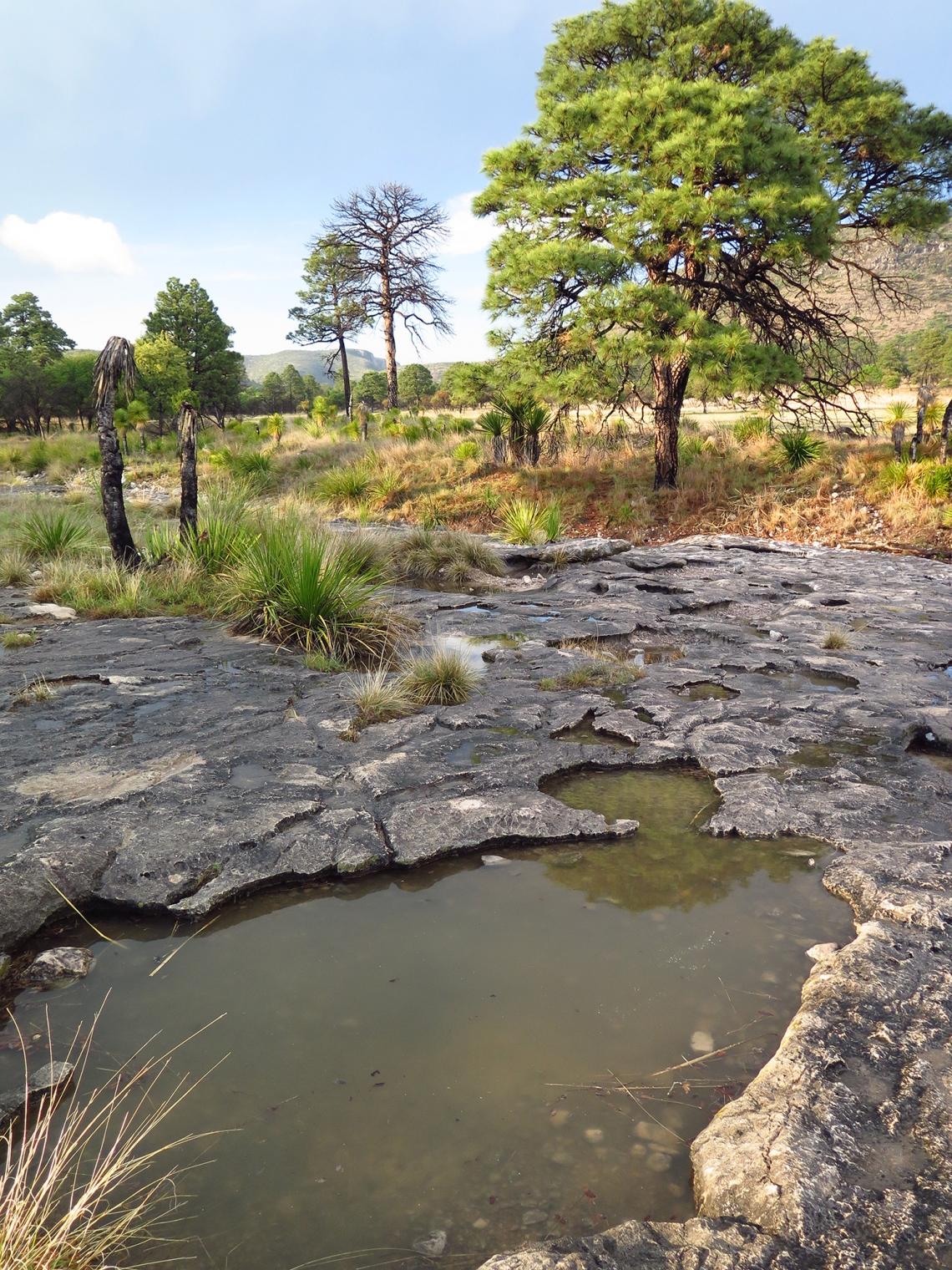
American black bear_U americanus_Coahuila Mexico_water hole that sustains bears during droughts_D Doan-Crider
Population estimation methods: Because these bears are difficult to see in most environments, estimates of population size or density are typically derived using mark–recapture approaches. Marking can take the form of eartags, radiocollars, an ingested biomarker, or a DNA sample; recapture may involve physical capture in traps, a sample of hunted animals, or hair samples collected on barbed wire snags. Population estimates have been produced for defined study sites as well as entire states or provinces. Jurisdiction-wide population monitoring is also conducted from population reconstruction or computer modelling using ages obtained from legally-hunted bears. In most hunted populations, management agencies collect a bear tooth from hunters and use growth rings in the cementum to assess the age of each bear.
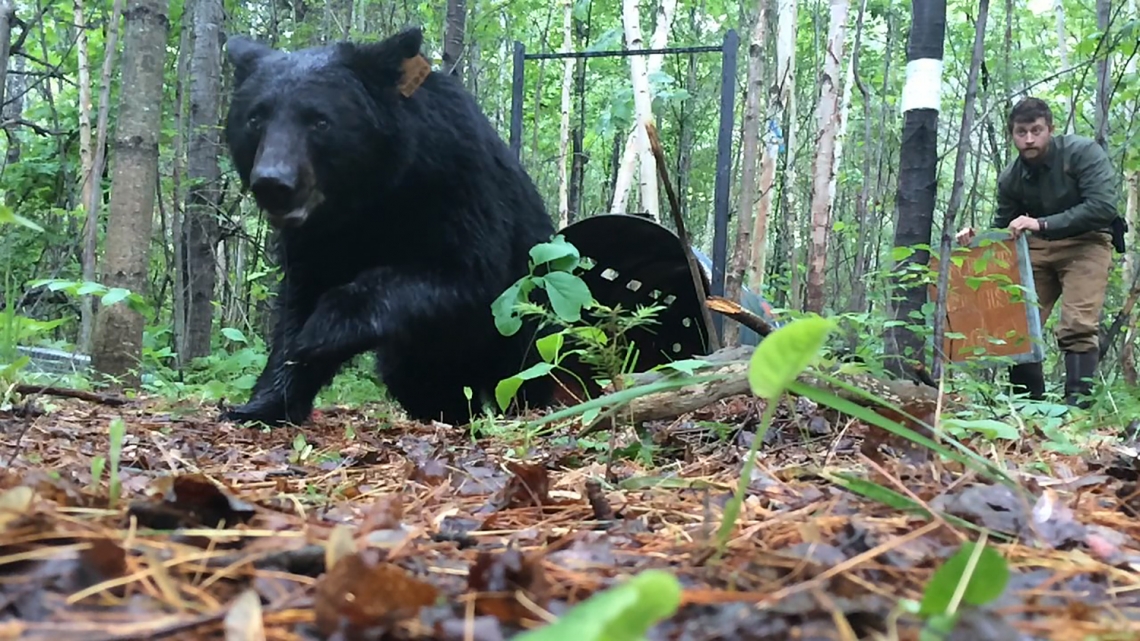
American black bear_U americanus_Minnesota_releasing bear that was already marked from a barrel trap_S Rettler

American black bear_U americanus_Minnesota_bear entering barbed wire hair snare_Minnesota DNR camera trap

American black bear_U americanus_Minnesota_hair caught on barbed wire used for DNA based population estimate_D Garshelis
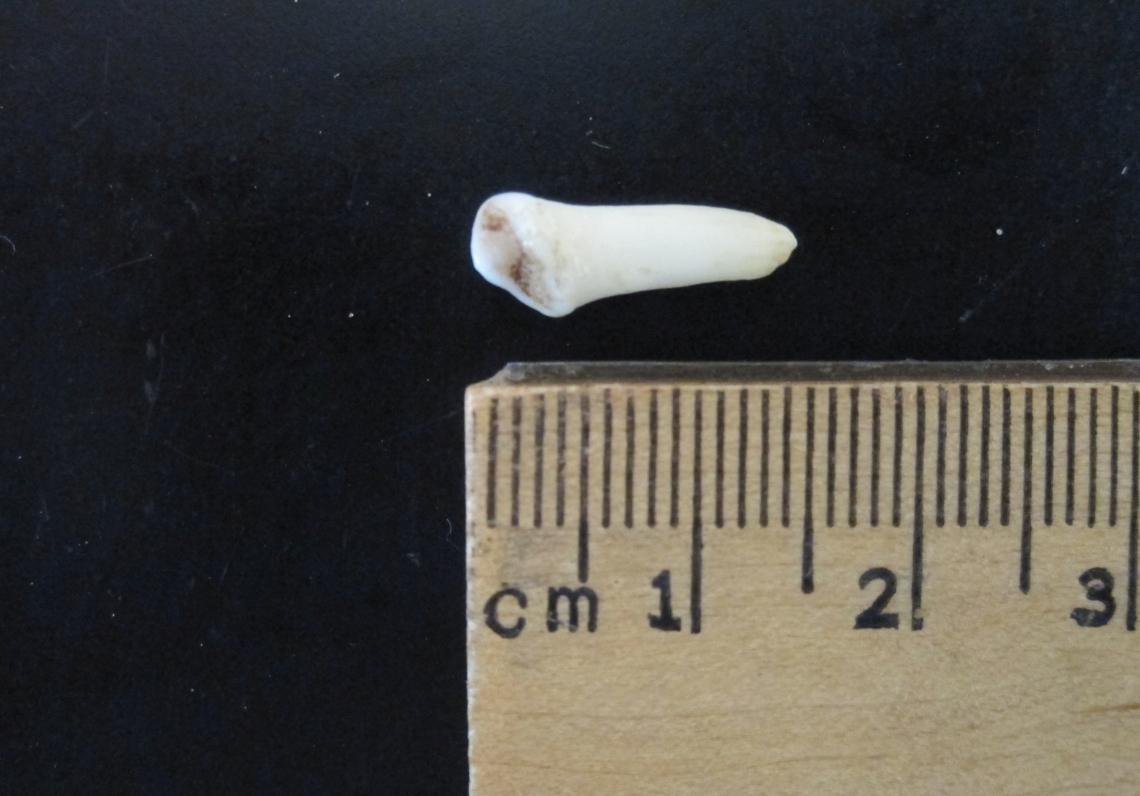
American black bear_U americanus_Minnesota_first premolar submitted by hunter used to obtain age of bear_D Garshelis
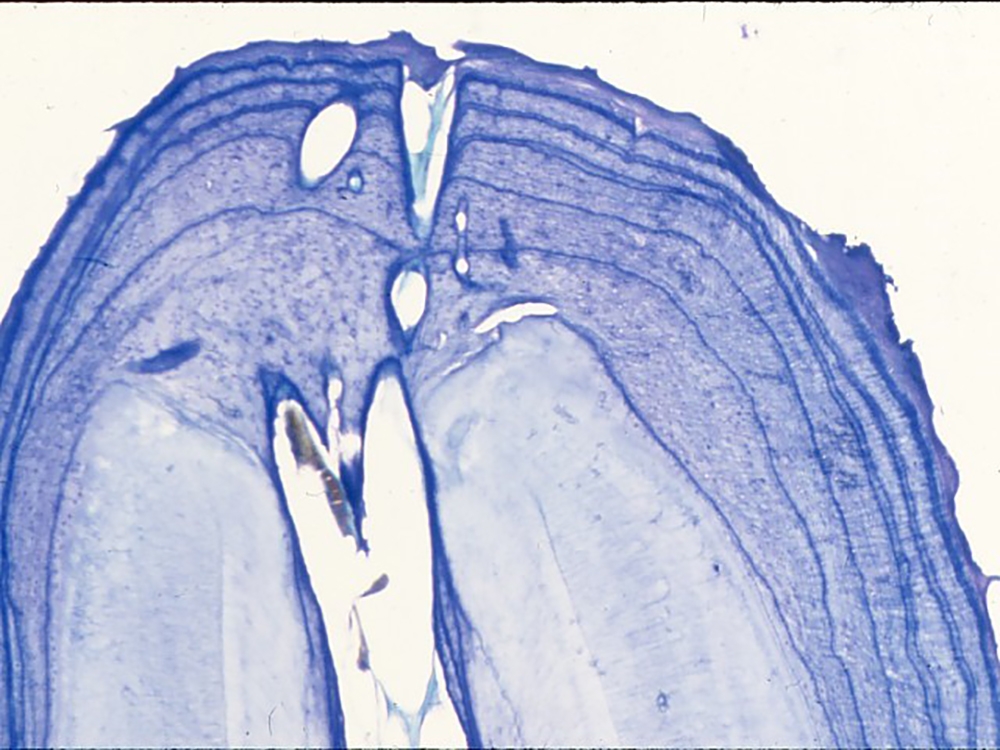
American black bear_U americanus_Minnesota_sectioned and stained tooth sample used to obtain age_Minnesota DNR
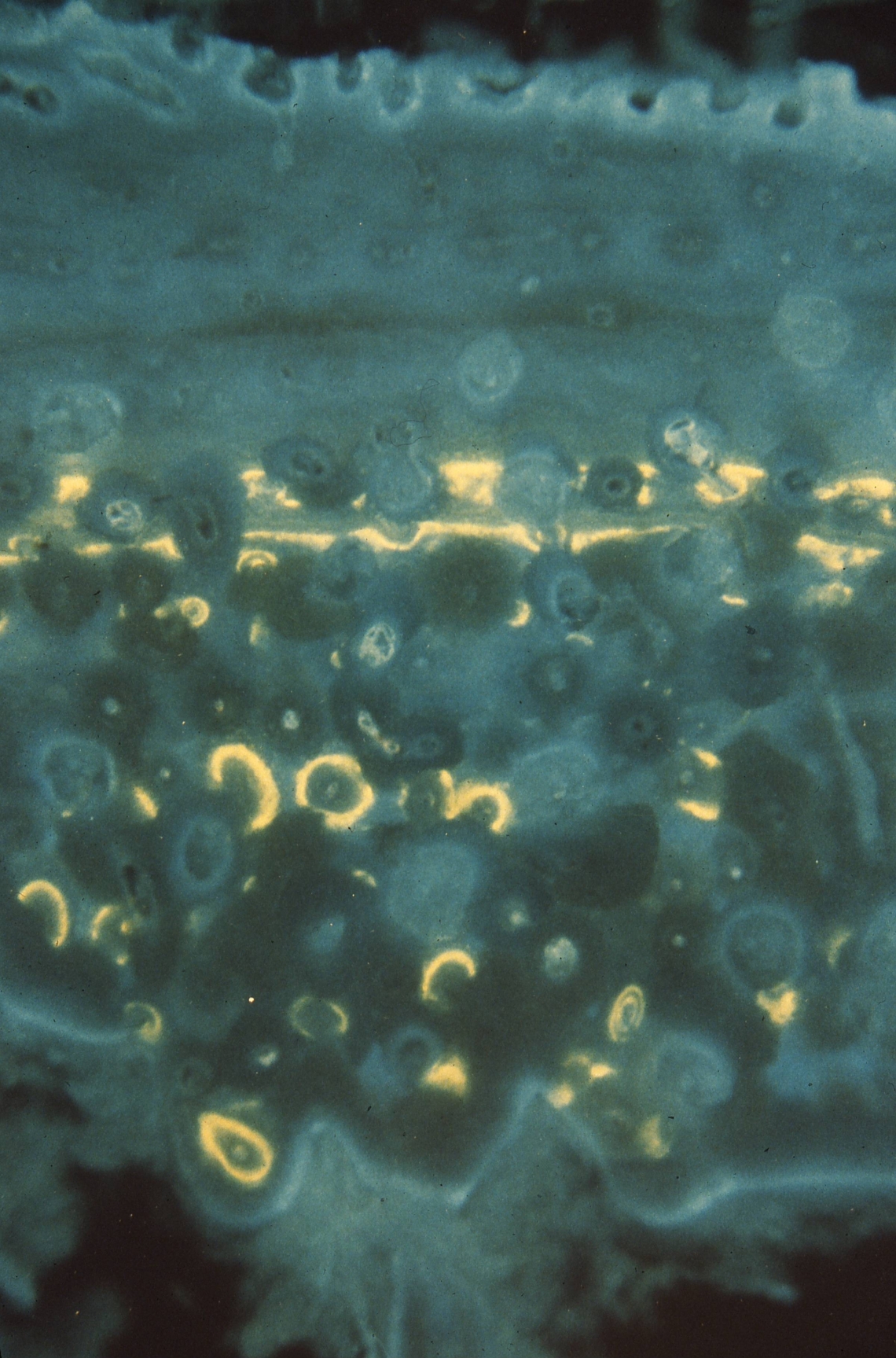
American black bear_U americanus_Minnesota_bone sample of bear that consumed tetracycline biomark_D Garshelis
Local population estimates: Empirically-derived population estimates have been obtained in more than 60 sites across the range of this species; half of these fell in the range of 15–40 black bears per 100 km2 (or about 40–100 bears per 100 mi2). Large differences in density occur as a result of how much food is available in the habitat (which drives reproduction), and also the extent of human-caused mortality. Very low density populations (1.5–5 bears/100 km2 = 4–13/100 mi2) have been reported in marginal habitats in Colorado (high elevation), Florida, South Carolina, and Alaska. At the opposite extreme are populations that are 100x more dense: >1.5 bears per km2 (4/mi2)(excluding cubs) on a coastal Alaskan island with abundant natural foods, including berries and salmon, and >2 bears per km2 (5.5/mi2) in coastal North Carolina where bears had access to abundant agricultural crops.
Country and global population estimate: Many state and provincial population estimates are derived by extrapolating estimates from small study areas, or through some vague process by management agencies. A few have conducted large-scale mark–recapture estimates. The total U.S. population, excluding Alaska, is estimated at >300,000. Estimates for Alaska vary from 100,000–200,000. Estimates for Canada center around 450,000 (principally in British Columbia, Ontario, Manitoba, and Québec). No population estimates exist for México. The total for North America is likely 850,000–950,000, which is more than twice that of all 7 other bear species combined. It is also the most abundant large carnivore in the world.
Population trends: Most U.S. states report populations that are increasing numerically and geographically, spreading into states where bears had previously been extirpated. Canadian provinces also report increasing or stable populations. Populations in México vary significantly by region, but are generally thought to be increasing.